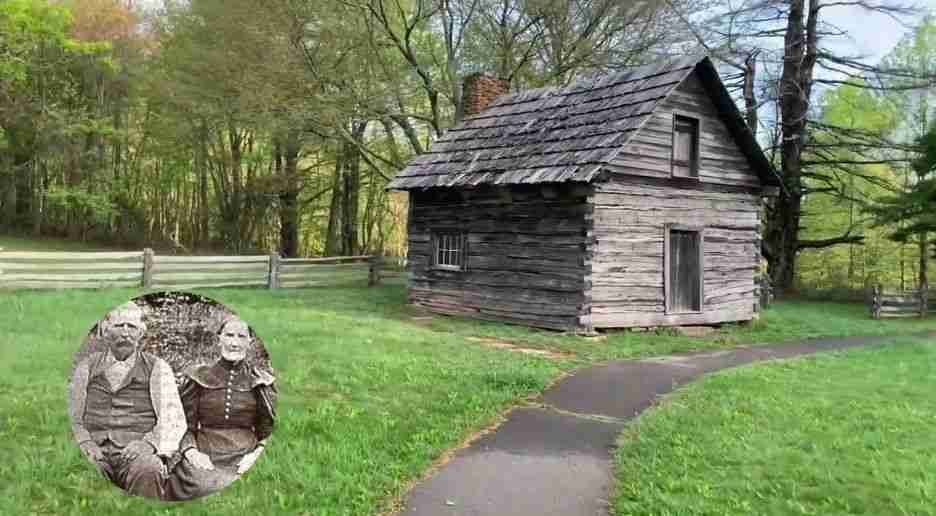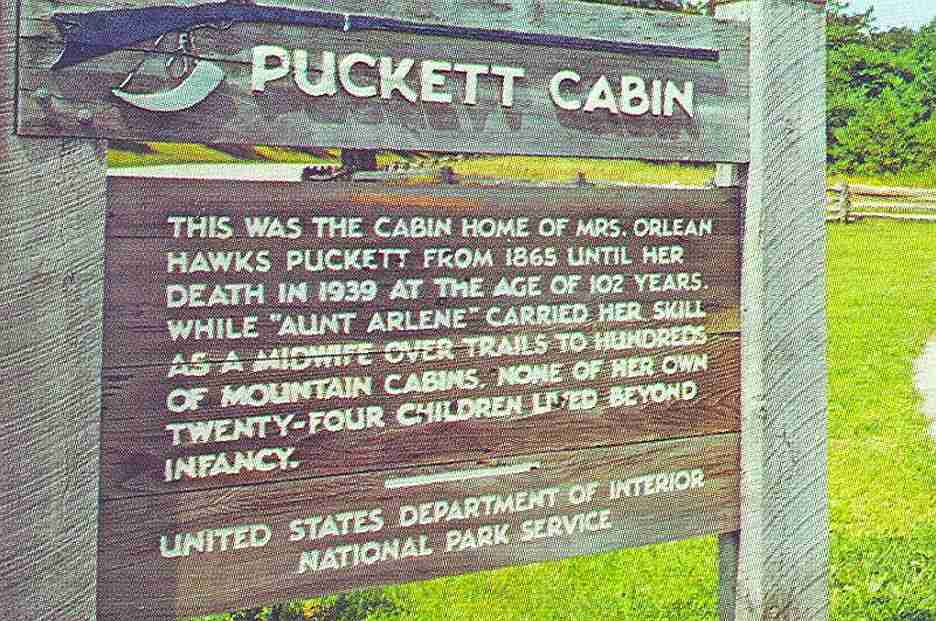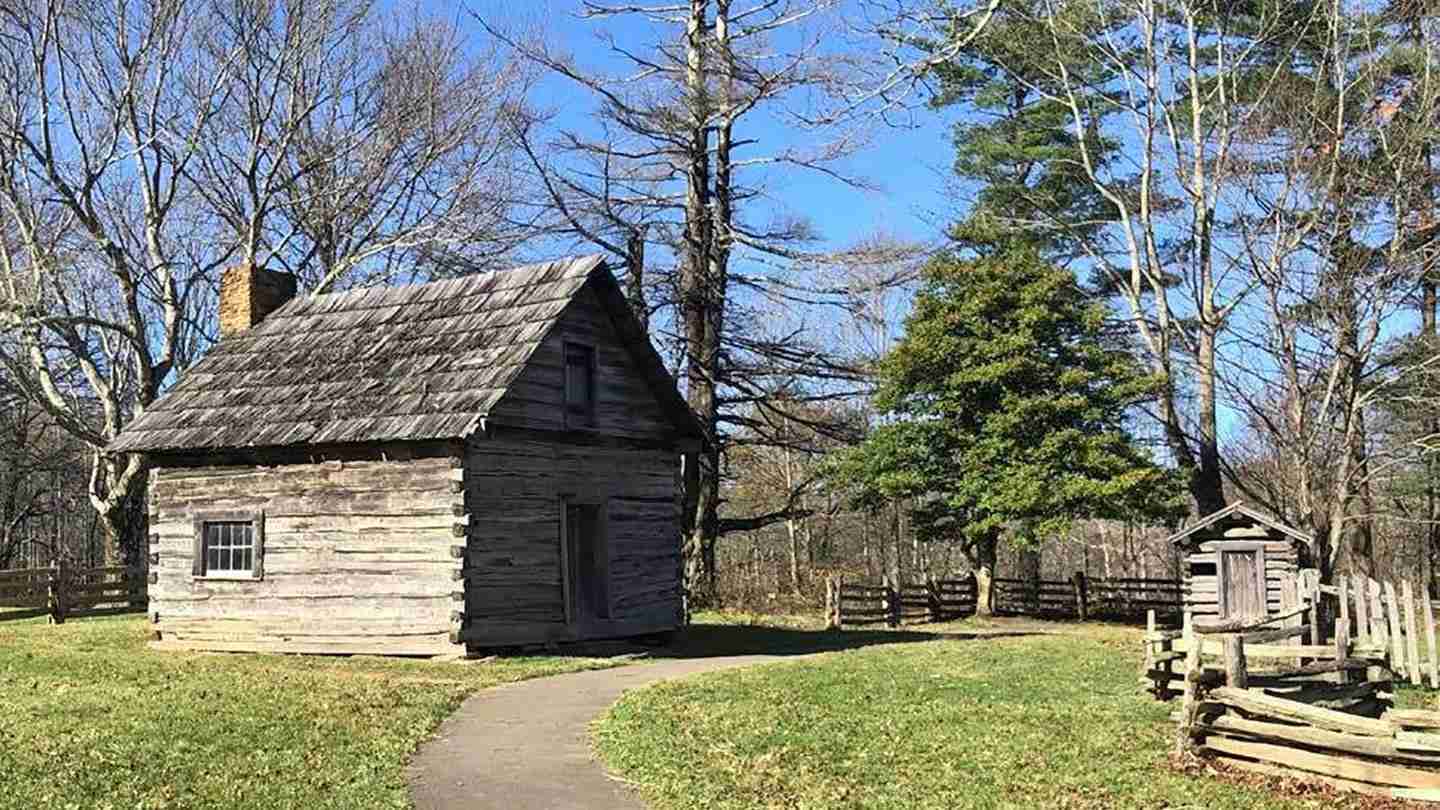Orlean Puckett, Mountain Midwife, vs. Confederate Home Guard

In the final, desperate years of the Civil War, Confederate desertion rates soared. Exhausted and disillusioned soldiers, many of whom had been away from home for years, abandoned their posts, driven by the desperate hope of reuniting with their families and escaping the brutality of war. The wave of desertions threatened the Confederate war effort, prompting states to create Confederate Home Guard units. Tasked with maintaining order, the Home Guard employed brutal tactics to hunt down deserters, punishing them and their families with ruthless efficiency.
This civilian militia patrolled southern counties, ready to impose the harshest of punishments on those who dared to flee. They raided homes, intimidated families, and treated anyone suspected of sheltering deserters with severe cruelty. During this era of fear and suspicion, neighbors could turn against one another, and loyalty to the Confederate cause was frequently tested under the threat of violence.
The Civil War Confronts Orlean Puckett
Against this backdrop of fear and desperation, Orlean Puckett’s story unfolds. Born Orlean Hawks in 1837, she married John Puckett when she was sixteen. They eventually settled in a humble single-room cabin on Groundhog Mountain in Carroll County, Virginia. Their marriage was marked by profound sorrow; Orlean suffered from Rh hemolytic disease, a condition that prevents a mother’s body from carrying a pregnancy to term. Despite many heart-wrenching losses, Orlean and John maintained their life together.
When the war broke out, John Puckett joined the Confederate Army, leaving Orlean to manage their homestead alone. However, the brutal realities of war soon led John to desert his post. Seeking refuge from the relentless Confederate Home Guard, John hid in the remote caves of the Blue Ridge Mountains.
Despite the risks, Orlean bravely undertook the dangerous mission of supporting her husband and other deserters. She would traverse the mountain hills and hollers, carrying food and supplies to the hidden men, risking her own safety to ensure their survival. It was inevitable that the Home Guard would eventually come knocking on her door.

Struggle and Danger
I imagine the scene: A cold, gray morning brings the Confederate Home Guard to her homestead. Alone in her cabin, Orlean feels dread as she sees the militiamen approach.
The Guardsmen dismount, their faces hard with suspicion. The captain scans the small homestead, looking for signs that John has returned. Any work that might have been beyond the capabilities of the petite woman before him would raise suspicions: fields plowed, a harvest completed, buildings being raised.
The soldiers search the property, and their movements are methodical and invasive. Every corner of her home, every shadowed nook, is examined relentlessly. Orlean’s mind races, fearing they might discover evidence of her treks to the caves.
The search extends beyond the cabin into the surrounding woods and the rocky outcrops where John and his fellow deserters hide. Orlean’s eyes follow the soldiers, her thoughts a mix of hope and despair. The Home Guard is thorough, and their training and experience are evident in every movement.
For hours, Orlean’s life hangs in the balance, her every action scrutinized by men who viewed loyalty to the Confederacy as paramount. She knows that harboring a deserter is a grave offense, one that could end her life.
But she stands her ground. Each time the Home Guard visits, they find nothing suspicious. Whether through luck, caution, or a small measure of pity on the part of the militia, remains unknown.

After the War: Survival and Compassion
The war and its aftermath deeply affected the social fabric in Carroll County. The community faced internal divisions, with loyalties split between the Union and the Confederacy. The county experienced significant economic hardship, and the imposition of Reconstruction policies often met with resistance. The county’s infrastructure and economy needed rebuilding, and the presence of carpetbaggers and the influence of new political dynamics contributed to a complex and often contentious environment.
A Midwife to Many

Orlean’s career as a midwife began out of both necessity and compassion. When she was past fifty years old, a neighbor went into labor, and no doctor or other midwife could be found. Orlean stepped in to help, marking the start of her long and remarkable career in midwifery.
Living in the isolated and rugged Appalachian Mountains, access to medical care was limited. The services of midwives like Orlean were crucial for the community. They provided essential care to women who otherwise might not have survived childbirth. Orlean’s reputation quickly grew, and she became known for her skill and unwavering dedication, having never lost a mother or baby during the more than one thousand deliveries she attended.
Orlean traversed the challenging mountain terrain to reach her patients, often traveling on foot or horseback. Her commitment knew no bounds; she would journey up to twenty miles to deliver a baby, regardless of the weather or time of day. This relentless dedication made her an indispensable figure in the community, earning her the respect and gratitude of countless families.
The Legacy of Orlean Pickett
Today, Orlean Puckett’s legacy is preserved and honored at her restored cabin on the Blue Ridge Parkway in Virginia. Located at Milepost 190, the Puckett Cabin is a tribute to her life and work. The cabin has been carefully maintained by the National Park Service, offering visitors a glimpse into the life of this remarkable woman.
Orlean Puckett’s story, from her early life and tragic losses to her defiant stand against the Confederate Home Guard and her extensive work as a midwife, resonates with those visiting her homestead. Her life is a powerful reminder of the strength and resilience of the human spirit, particularly in the face of unimaginable hardship.


Comments are closed.